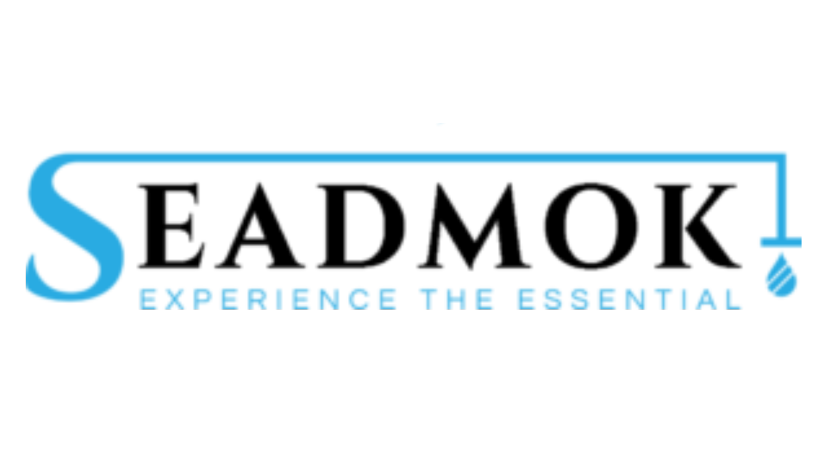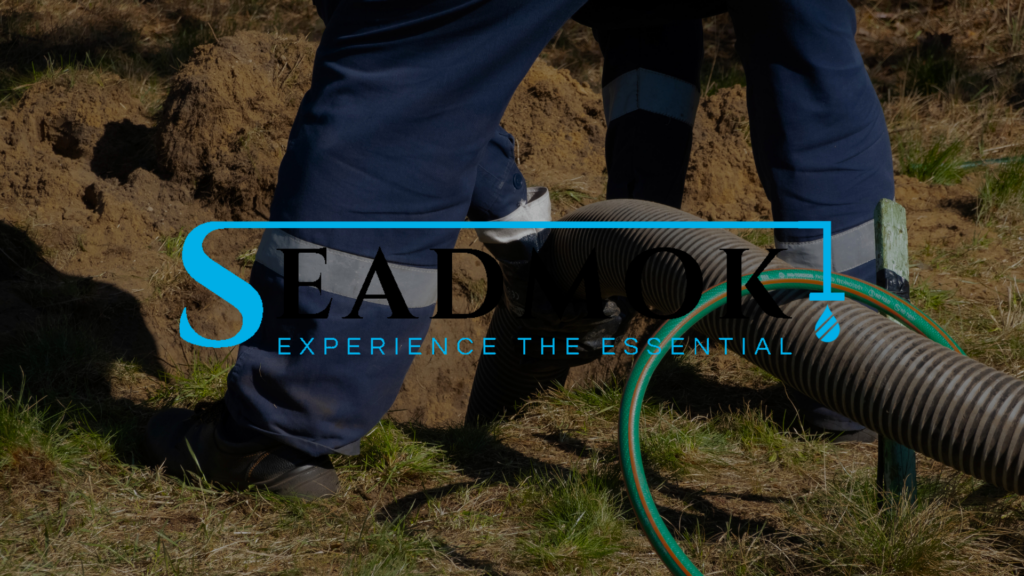
Navigating Clogged Sewer Laterals – Prevention and Repair
Table of Contents
- Introduction:
- Understanding Sewer Laterals
- Common Materials Used
- Identifying the Signs of a Clog
- Unusual Noises in Plumbing
- Addressing Foul Odors
- Wet Spots in the Yard
- Common Causes of Clogs
- Aging or Collapsed Pipes
- Prevention Strategies
- Repair Solutions
- The Importance of Professional Assessment
- Contact Seadmok to Assist with Clogged Sewer Laterals
Introduction:
Sewer laterals are essential pipes that connect a home's plumbing system to the public sewer main. They play a crucial role in transporting wastewater away from homes for proper treatment and disposal. Maintaining sewer laterals regularly is vital to prevent issues like clogs, which can lead to sewage backups, property damage, and potential health hazards.
Several things can cause clogs in sewer laterals. Some of the most common causes include:
- Flushing non-flushable items down the toilet. This includes items such as wipes, paper towels, diapers, and feminine hygiene products. These items can clog the sewer lateral and cause backups.
- Grease and oil buildup. Over time, grease and oil can build up in the sewer lateral and harden, which can eventually clog the pipe.
- Tree roots. Tree roots can grow into sewer laterals and cause damage. This can lead to leaks and clogs.
- Foreign objects. If foreign objects, such as toys or jewelry, are flushed down the toilet, they can get stuck in the sewer lateral and cause a clog.
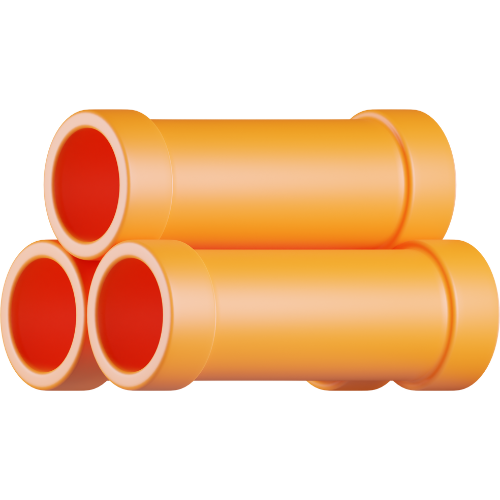
Ask Have Questions About Connecting to Montgomery County Public Water?
Seadmok serves Greater Baltimore & Washington D.C.
Let’s Get Started
Understanding Sewer Laterals
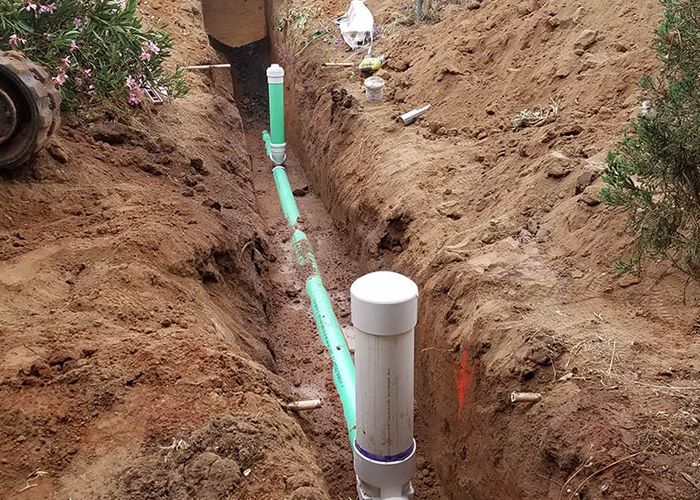
What is a Sewer Lateral?
Sewer laterals, also referred to as house sewers or drain waste vent (DWV) pipes, are essential components of a home's plumbing system. These pipes, typically buried underground, play a critical role in transporting wastewater from a residence to the public sewer main for proper treatment and disposal. Sewer laterals are commonly made of clay, cast iron, or PVC and typically measure 4 to 6 inches in diameter.
A sewer lateral is a pipe that connects a home's plumbing system to the public sewer main. It is typically made of clay, cast iron, or PVC and is buried underground. Sewer laterals are responsible for carrying wastewater from a home to the sewer main, where it is then treated and disposed of.
Sewer laterals are divided into two sections: the public section and the private section.
Public section:
The public section of the sewer lateral is the portion that runs from the sewer main to the property line. It is the responsibility of the municipality or sewer district to maintain the public section of the sewer lateral.
Private section:
The private section of the sewer lateral is the portion that runs from the property line to the house. It is the homeowner's responsibility to maintain the private section of the sewer lateral.
Common Materials Used
Clay Sewer Laterals
Clay sewer laterals have been used for centuries and are still a popular choice today. They are durable and can last for decades, and they are resistant to corrosion and chemicals. However, clay sewer laterals are also heavy and brittle, and they can be difficult to install and repair.
Pros:
- Durable and long-lasting
- Resistant to corrosion and chemicals
Cons:
- Heavy and brittle
- Difficult to install and repair
PVC Sewer Laterals
PVC sewer laterals are a newer type of sewer lateral that is becoming increasingly popular. They are lightweight and easy to install, and they are also resistant to corrosion and chemicals. However, PVC sewer laterals are not as durable as clay sewer laterals, and they can be damaged by extreme temperatures.
Pros:
- Lightweight and easy to install
- Resistant to corrosion and chemicals
Cons:
- Not as durable as clay sewer laterals
- Can be damaged by extreme temperatures
Cast Iron Sewer Laterals
Cast iron sewer laterals are the most durable type of sewer lateral, but they are also the most expensive. They are resistant to corrosion and chemicals, and they can withstand extreme temperatures. However, cast iron sewer laterals are heavy and difficult to install, and they are susceptible to rust.
Pros:
- Extremely durable
- Resistant to corrosion and chemicals
- Can withstand extreme temperatures
Cons:
- Heavy and difficult to install
- Susceptible to rust
Identifying the Signs of a Clog
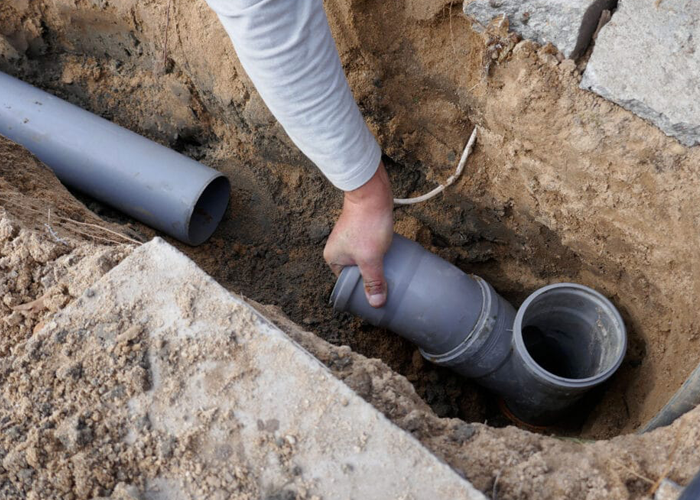
Regular Drain Clogs
- Symptoms: Slow-draining fixtures, gurgling sounds from drains, foul odors from drains, water backing up into sinks or bathtubs
- Usually affects one fixture at a time
- Commonly caused by hair, soap scum, and other debris
- Can be fixed with a plunger, drain snake, or drain cleaner
Clogged Sewer Laterals
- Symptoms: Slow-draining fixtures, sewage backing up into drains, foul odors from drains, gurgling sounds from drains, water bubbling in toilets, water seeping up from the ground near the sewer cleanout
- Affects multiple fixtures in the home
- Commonly caused by tree roots, grease and oil buildup, non-flushable items, or foreign objects
- Requires professional plumbing service to fix
Unusual Noises in Plumbing
Gurgling sounds in your plumbing system can indicate a variety of issues, ranging from minor clogs to more serious problems with your sewer lateral or drain pipes. Understanding the implications of these gurgling sounds can help you identify the underlying cause and take appropriate action.
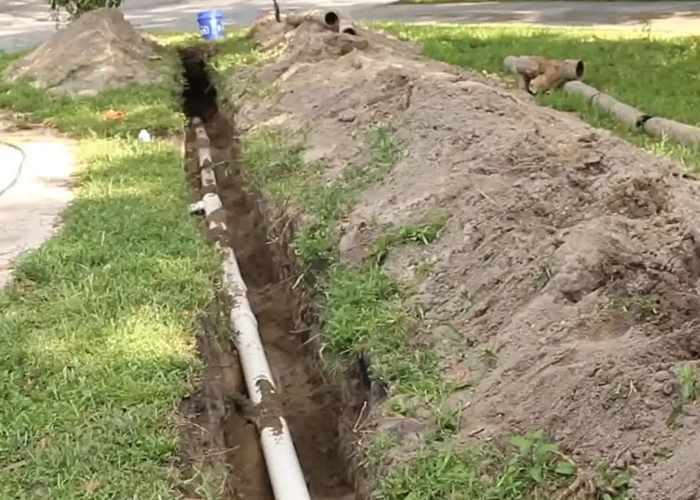
Implications of Gurgling Sounds
Minor Clogs:
If the gurgling sounds are isolated to a single fixture, such as a sink or bathtub, it's likely a minor clog in that particular drain pipe. These clogs can often be resolved using DIY methods like plunging, drain snakes, or chemical drain cleaners.
Vent Issues:
Gurgling sounds occurring simultaneously from multiple fixtures indicate a problem with the air vent system. This may require professional attention to identify and clear any blockages or replace malfunctioning air vents.
Potential Sewer Lateral Problems:
Widespread gurgling sounds, accompanied by other symptoms like slow drainage, sewage backups, or foul odors, suggest a potential issue with the sewer lateral. In such cases, it's crucial to contact a licensed plumber promptly to assess the situation and determine the necessary repairs or replacements.
Addressing Foul Odors
- Clean drains: Use a plunger, drain snake, or chemical drain cleaner to remove blockages and eliminate odor sources.
- Check P-traps: Ensure P-traps are filled with water to prevent sewer gasses from entering your home.
- Inspect the yard: Look for signs of damage to sewer lines or tree root intrusion.
- Seek professional help: Contact a plumber if odors persist or you suspect a more serious issue.
Wet Spots in the Yard
Wet spots or pooling water in your yard can indicate a variety of underlying issues, ranging from minor drainage problems to more serious plumbing concerns. It's important to understand the implications of these wet spots to identify the root cause and take appropriate action.
Common Causes of Wet Spots in the Yard
- Improper drainage: Poor drainage can cause rainwater or irrigation water to pool in the yard.
- Sewer lateral leaks: Leaking sewer laterals can cause water to seep into the surrounding soil.
- Sprinkler system leaks: Leaking sprinkler heads or pipes can cause wet spots.
- Natural groundwater: High water tables can cause groundwater to rise to the surface.
- Downspout problems: Clogged, disconnected, or improperly directed downspouts can cause water to pool around the foundation of the home.
Implications of Wet Spots in the Yard
- Nuisance and aesthetic concerns: Wet spots can be unsightly and attract pests.
- Potential property damage: Excessive moisture can damage lawns, landscaping, and foundations.
- Health hazards: Standing water can breed mosquitoes and mold, which can cause health problems.
Backup in Multiple Drains
A backup in multiple drains is a red flag for a clogged sewer lateral, the pipe that connects your home's plumbing system to the public sewer main. When multiple drains back up simultaneously, it indicates that the blockage is occurring in the sewer lateral rather than in individual drainpipes.
Common Causes of Clogs
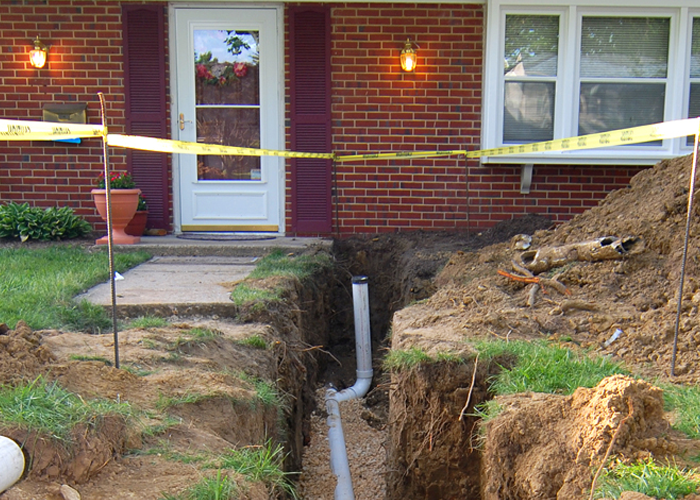
Tree Roots
Tree roots are a common cause of sewer lateral clogs. Tree roots are attracted to the moisture and nutrients found
Grease and Fat Buildup
Pouring grease and fat down the drain may seem like a convenient way to dispose of these kitchen byproducts, but it can have serious consequences for your plumbing system and the environment. Here are some of the dangers of pouring grease and fat down drains:
Damage to Sewer Lines
The buildup of grease and fat can also damage sewer lines. The hardened deposits can exert pressure on the pipes, causing cracks and breaks. This can lead to leaks, allowing wastewater and sewer gasses to escape, posing health risks and potential environmental contamination.
Environmental Impact
Grease and fat that enter the sewer system can eventually reach treatment plants. These substances can interfere with the treatment process, making it less effective and potentially harming the environment.
Aging or Collapsed Pipes
Aging pipes can play a significant role in causing clogs due to the wear and tear they experience over time. As pipes age, they become more susceptible to deterioration and damage, which can lead to various issues that can contribute to clogs.
Common Issues Caused by Aging Pipes
- Corrosion
- Rust and mineral deposits
- Joint failures
- Misaligned pipes
How Aging Pipes Contribute to Clogs
- Increased surface roughness
- Reduced flow capacity
- Breakages and leaks
- Structural weaknesses
Flushing Inappropriate Items
Many items that people mistakenly flush down the toilet can cause blockages and damage to plumbing systems. Here is a list of non-flushable items that should never be flushed down the toilet:
- Wipes
- Paper towels
- Feminine hygiene products
- Cotton balls, swabs, and pads
- Dental floss
- Diapers
- Condoms
- Cigarette butts
- Food scraps
- Grease and oil
- Hair
- Medications
- Pet waste
- Other non-flushable items: Any item that is not specifically designed to be flushed down the toilet should not be flushed. This includes items like plastic bags, makeup wipes, and cleaning wipes.
Prevention Strategies
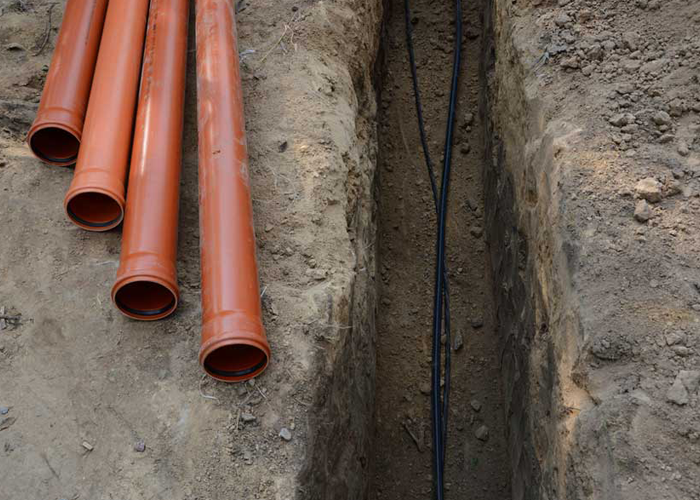
Regular Inspection and Maintenance
Regular inspection and maintenance are crucial for keeping your plumbing system in top condition and preventing costly problems. Camera inspections, also known as video pipe inspections, play a significant role in this process by providing a detailed visual assessment of the interior of your pipes.
Proper Disposal of Waste
Disposing of waste properly is essential for maintaining a healthy plumbing system and preventing clogs, damage, and potential environmental contamination. Here's a guide to what you should and shouldn't put down the drain:
Should Go Down the Drain:
- Toilet Paper
- Human Waste
- Water-soluble Food Scraps
Should Not Go Down the Drain:
- Wipes
- Paper towels
- Feminine hygiene products
- Cotton balls, swabs, and pads
- Dental floss
- Diapers
- Condoms
- Cigarette butts
- Food scraps
- Grease and oil
- Hair
- Medications
- Pet waste
- Other non-flushable items
Benefits of Lateral Liners for Preventing Clogs
Lateral liners provide several benefits for preventing clogs in sewer laterals:
- Smooth Interior Surface
- Improved Flow Capacity
- Structural Reinforcement
- Resistance to Root Intrusion
- Extended Lifespan
Installing Lateral Liners
Lateral liners are a trenchless method for repairing and strengthening sewer laterals, the pipes that connect individual homes to the public sewer main. They offer a minimally invasive and cost-effective solution for preventing clogs and extending the lifespan of sewer laterals.
Repair Solutions
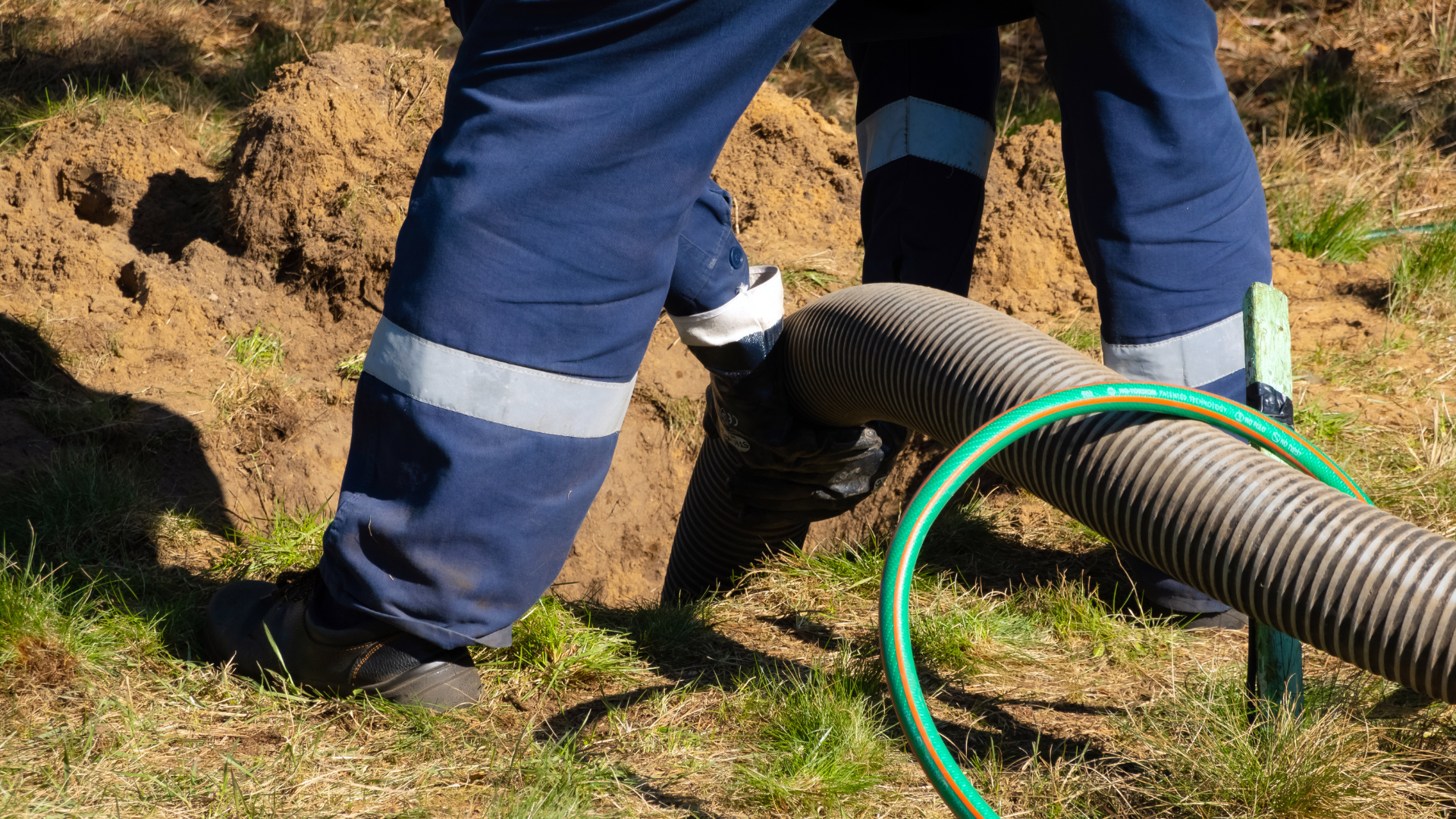
Hydro Jetting
Hydro jetting, also known as water jetting or sewer jetting, is a highly effective method for cleaning and clearing clogged sewer lines. It utilizes a powerful stream of high-pressure water, typically between 3,000 and 4,000 pounds per square inch (psi), to blast away debris, grease, and blockages within the pipes.
How Hydro Jetting Works
- High-Pressure Water Generation
- Nozzle Insertion
- Water Jetting Process
- Flushing and Debris Removal
When Hydro Jetting is Recommended
Hydro jetting is a versatile and powerful method suitable for a wide range of sewer line issues, including:
- Stubborn Clogs
- Grease Buildup
- Tree Root Intrusion
- Preventive Maintenance
- Inaccessible Sewer Lines
Robotic Cutting
Robotic cutting is a trenchless method for removing tree roots and other blockages from sewer lines. It utilizes a specialized robotic cutter that is inserted into the sewer line through a cleanout or access point. The cutter is equipped with rotating blades or grinding heads that can effectively cut through tree roots and mineral deposits.
Pipe Bursting
Pipe bursting is a trenchless method for replacing damaged or outdated sewer laterals, the pipes that connect individual homes to the public sewer main. It is a minimally invasive and cost-effective solution for replacing laterals without the need for extensive excavation.
Full or Partial Pipe Replacement
A full pipe replacement is recommended when the sewer line is severely damaged, corroded, or has multiple problem areas. It is also recommended for old sewer lines made from outdated materials.
A partial pipe replacement is considered when the damage is confined to a specific section of the sewer line, is minor, or when access to the sewer line is limited.
When deciding between full or partial pipe replacement, consider the extent of the damage, cost-benefit analysis, project duration, and professional assessment.
The Importance of Professional Assessment
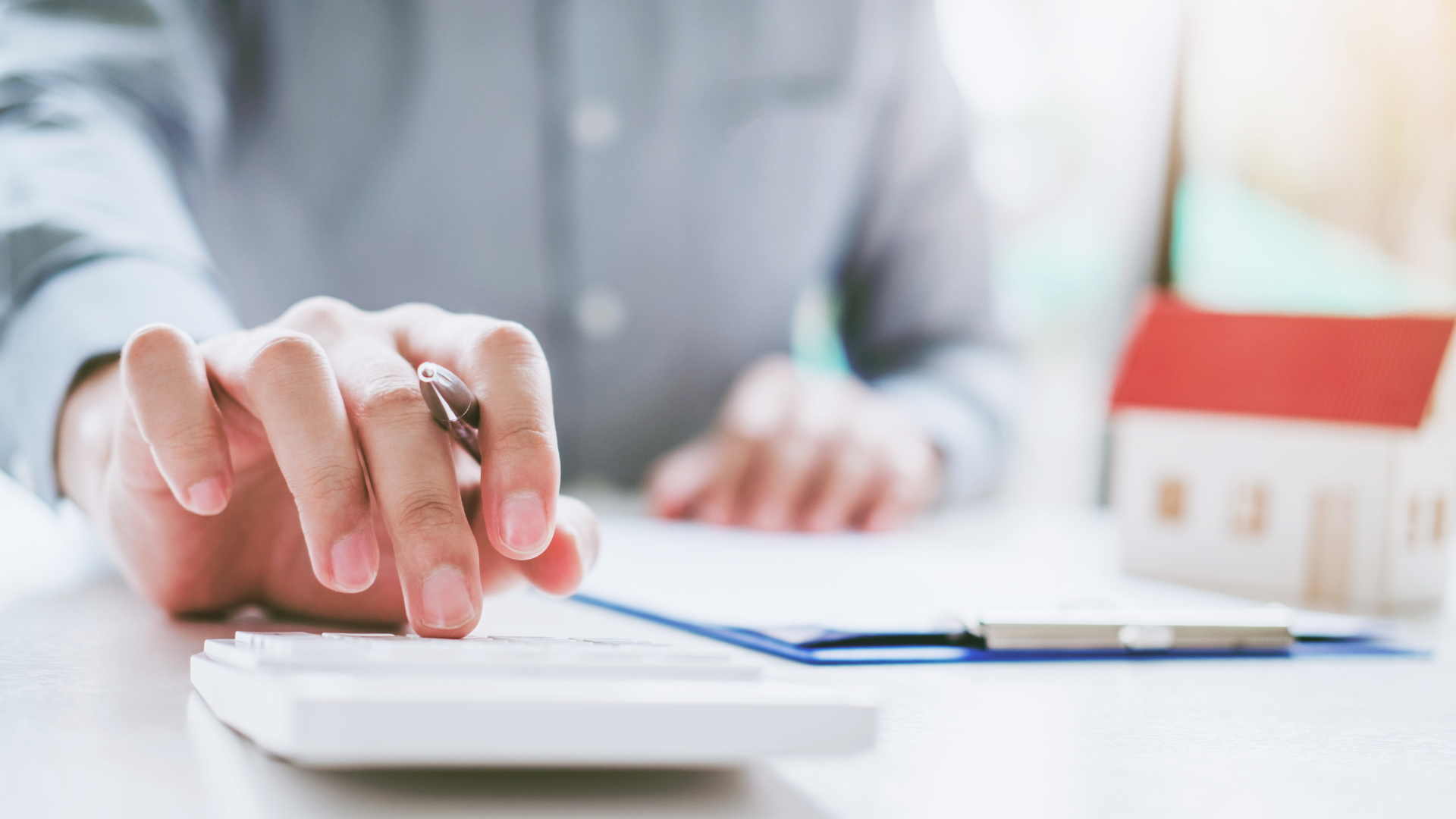
DIY vs. Professional Diagnosis
While DIY methods may seem appealing for minor plumbing issues, seeking professional assessment and repair for sewer line problems is crucial for several reasons. Professional plumbers have the expertise, tools, and experience to accurately diagnose and repair sewer line problems safely and effectively. DIY methods may overlook underlying issues, misdiagnose the problem, or pose safety hazards. Professional repairs also come with warranties and insurance coverage.
Benefits of Seeking Expertise
Professional assessment and repair for sewer line problems offer several benefits, including accurate diagnosis, efficient solutions, peace of mind, proper installation and repair, preventative maintenance, access to specialized tools and equipment, warranty and insurance coverage, emergency response, adherence to safety standards, and expertise in handling hazardous materials. These benefits ensure that sewer line problems are addressed effectively and safely, minimizing the risk of future problems and costly repairs.
Contact Seadmok to Assist with Clogged Sewer Laterals

Maintaining clog-free sewer laterals is crucial for environmental, health, property, preventive maintenance, and peace of mind benefits. It helps prevent water contamination, exposure to harmful bacteria, damage to pipes and property, and costly repairs. Regular maintenance practices include avoiding flushing of non-flushable items, scheduling drain cleaning, properly disposing of grease and oil, addressing minor plumbing issues promptly, and investing in preventive measures like tree root barriers. By maintaining clog-free sewer laterals, you can ensure a healthy, safe, and environmentally responsible plumbing system.
